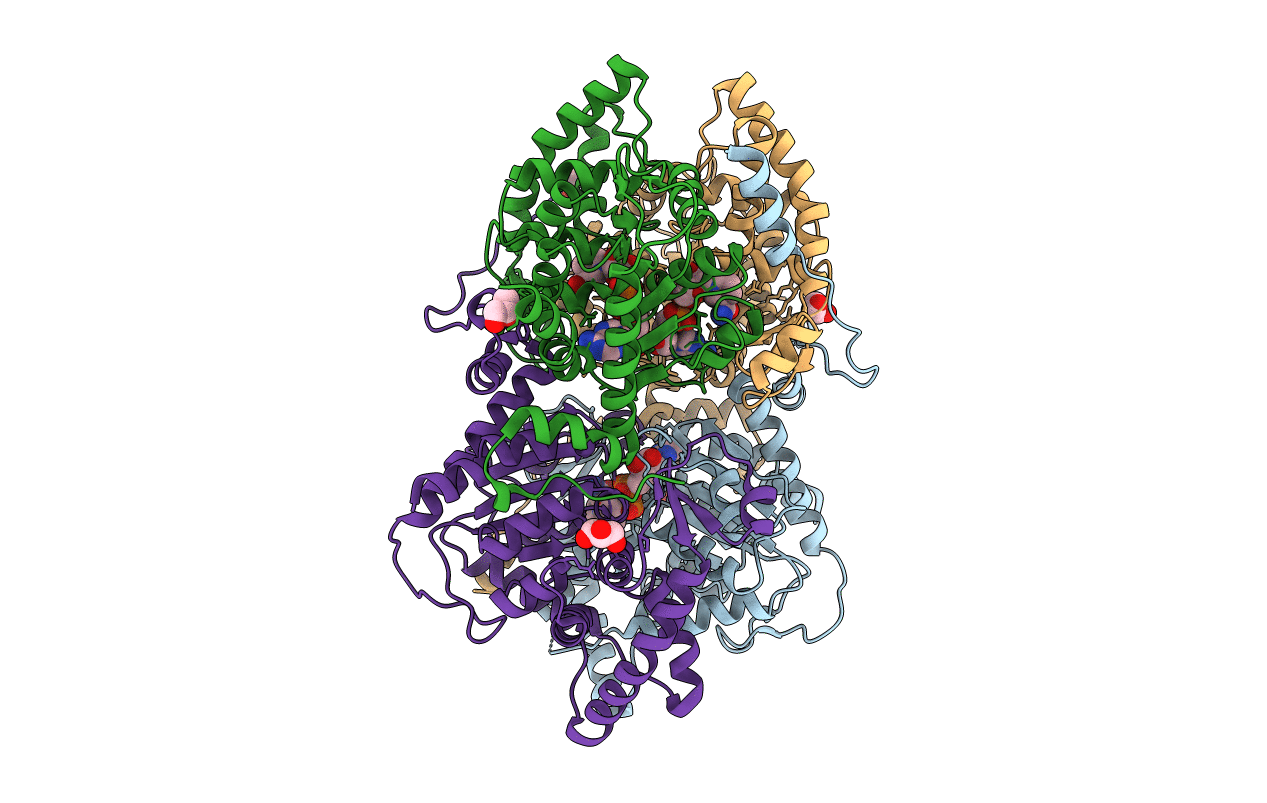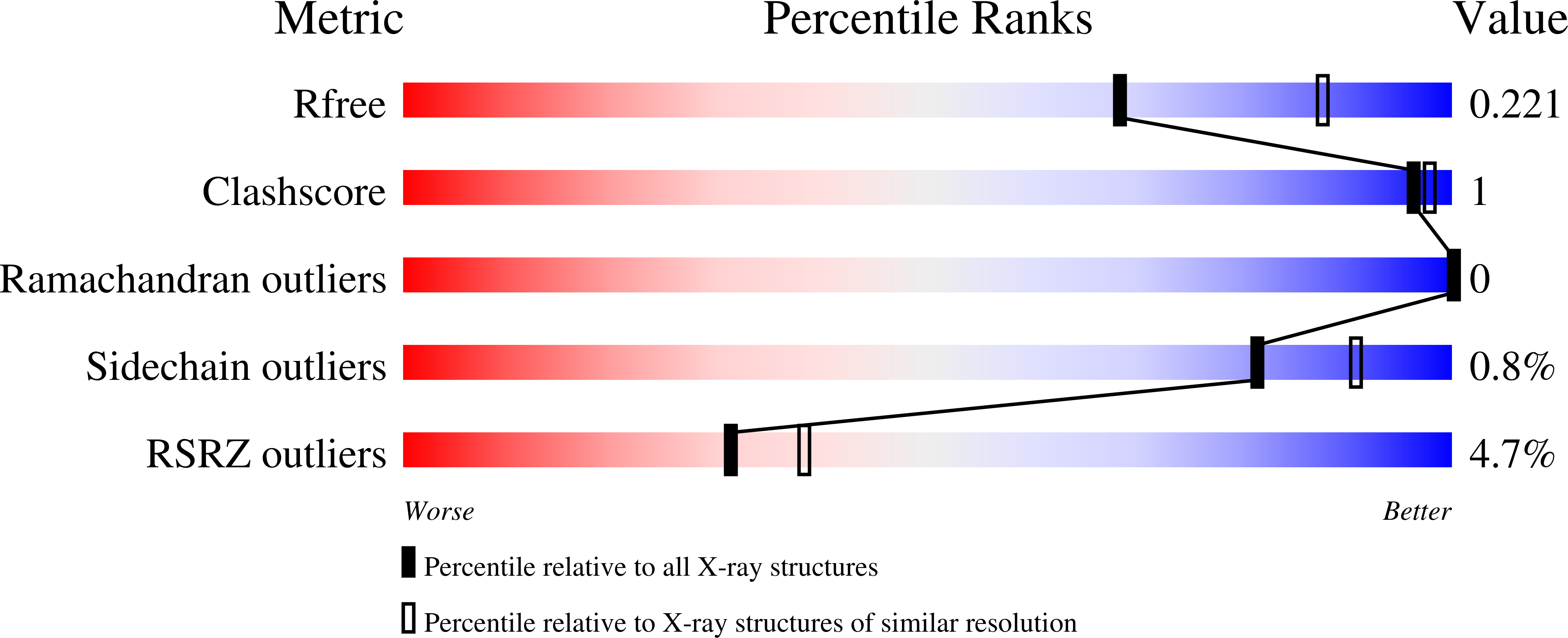
Deposition Date
2020-03-09
Release Date
2020-11-04
Last Version Date
2023-10-18
Entry Detail
PDB ID:
6W3Z
Keywords:
Title:
Crystal Structure of Brugia malayi Deoxyhypusine synthase (DHPS)
Biological Source:
Source Organism:
Brugia malayi (Taxon ID: 6279)
Host Organism:
Method Details:
Experimental Method:
Resolution:
2.30 Å
R-Value Free:
0.21
R-Value Work:
0.18
R-Value Observed:
0.18
Space Group:
P 1 21 1


